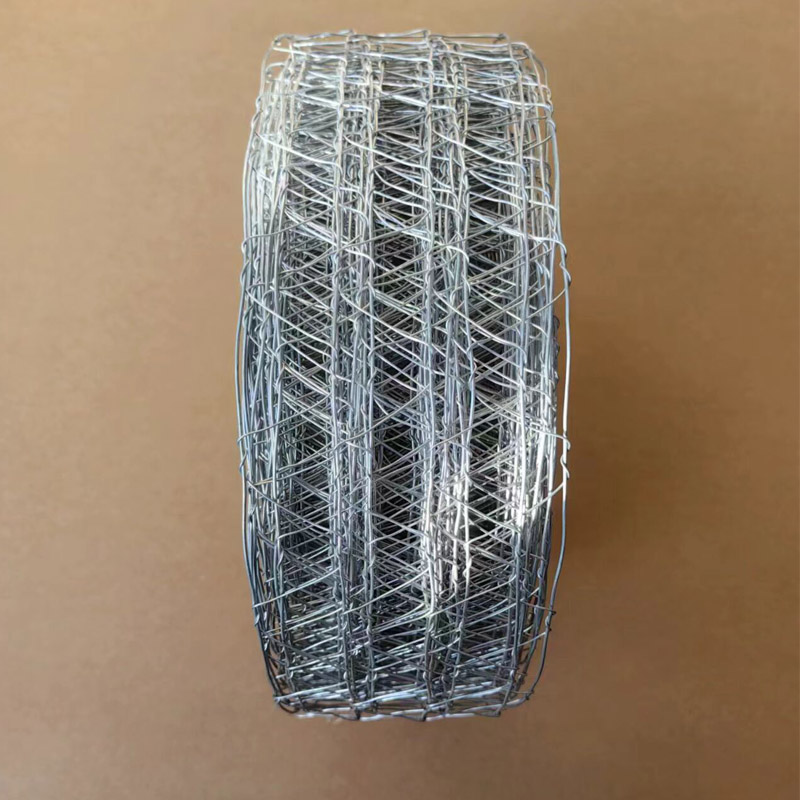
- Mobile Phone
- +8613931874955
- sales@cntcmetal.com
stainless steel structural bed joint reinforcement
Stainless Steel Structural Bed Joint Reinforcement Enhancing Strength and Durability
In the realm of modern construction and architecture, the choice of materials plays a pivotal role in defining the longevity and integrity of structures. Among the various materials available, stainless steel has emerged as a preferred choice due to its remarkable strength, corrosion resistance, and aesthetic appeal. One critical application of stainless steel in construction is in the reinforcement of bed joints, which are essential in maintaining structural integrity, especially in brick and masonry walls.
Understanding Bed Joints
Bed joints are the horizontal layers of mortar that sit between bricks or blocks in a masonry wall. These joints are crucial in distributing loads across the wall and act as a buffer against stress and movement. Over time, these joints can be susceptible to various forms of degradation due to environmental exposure, moisture intrusion, and mechanical stress. This vulnerability can compromise the structural stability of masonry walls, leading to cracking, water infiltration, and ultimately, structural failure.
The Role of Stainless Steel Reinforcement
To enhance the durability and load-bearing capacity of masonry walls, stainless steel reinforcement is increasingly being utilized in bed joints. Stainless steel bars or mesh can be strategically placed within the bed joints during construction or retrofitted into existing structures. This reinforcement acts as a tension member that significantly improves the overall strength and resilience of the wall.
1. Corrosion Resistance One of the standout features of stainless steel is its exceptional resistance to corrosion. Unlike traditional carbon steel, stainless steel is less prone to rust, which is a significant advantage in environments exposed to moisture or harsh chemicals. This characteristic ensures that the integrity of the bed joint remains intact over time, contributing to the longevity of the entire structure.
2. Load Distribution By incorporating stainless steel reinforcement, the load distribution across bed joints is vastly improved. This is particularly important in areas subjected to heavy loads or dynamic forces, such as seismic activities. The additional tensile strength provided by the stainless steel minimizes the risk of joint failure, thereby enhancing the structural performance of masonry walls.
3. Enhanced Aesthetic Appeal Stainless steel can also contribute to the aesthetic aspects of construction. Its sleek and modern appearance can complement various architectural styles, allowing for a more visually appealing finish while maintaining functionality. This dual benefit makes stainless steel reinforcement a pragmatic choice in contemporary building design.
stainless steel structural bed joint reinforcement

Implementation in Construction Projects
When considering the implementation of stainless steel structural bed joint reinforcement, several factors must be taken into account
- Design Specifications Engineers must assess the specific requirements of the project, including load-bearing capacities, environmental exposure, and aesthetic considerations. This ensures that the correct type and grade of stainless steel are selected for optimal performance.
- Installation Techniques Proper installation techniques are crucial to the effectiveness of the reinforcement. Stainless steel bars or meshes should be carefully placed within the bed joints and adequately anchored to prevent movement during the curing process of the mortar.
- Cost Considerations While the initial investment in stainless steel reinforcement may be higher than conventional materials, the long-term savings in maintenance and repairs often justify the expense. Additionally, the durability of stainless steel can lead to overall cost savings by extending the lifespan of the structure.
Future Trends
As the construction industry continues to evolve, the use of stainless steel for bed joint reinforcement is likely to expand. Innovations in stainless steel technology, such as the development of more sustainable and eco-friendly alloys, will further enhance its appeal. Moreover, with a growing focus on resilient infrastructure, particularly in areas prone to environmental challenges, the incorporation of stainless steel in masonry construction will become increasingly beneficial.
Conclusion
In summary, stainless steel structural bed joint reinforcement is an effective solution for enhancing the durability, strength, and aesthetic appeal of masonry walls. By mitigating the risks associated with bed joint failure, stainless steel provides architects and engineers with a reliable material that meets the demands of modern construction. As the industry moves toward more resilient and sustainable practices, the role of stainless steel in structural applications will undoubtedly become more prominent, ensuring safe and lasting structures for generations to come.
share:
-
Your Source for Concrete Wall Ties and Masonry AccessoriesNewsJul.10,2025
-
Unlocking the Power of Iron Wire for Every ProjectNewsJul.10,2025
-
Explore Advanced Chain Wire and Stainless Steel Mesh FencingNewsJul.10,2025
-
Discover the Benefits of Annealed Wire ProductsNewsJul.10,2025
-
Discover China Stainless Steel Wire Mesh SolutionsNewsJul.10,2025
-
Build with Confidence Using High-Performance Masonry AccessoriesNewsJul.10,2025
-
Why Sacrificial Formwork Is Redefining Underground ConstructionNewsJun.06,2025



















